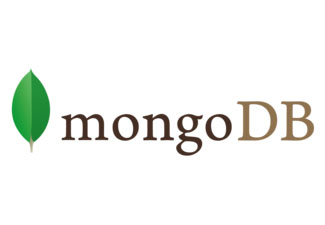
In this tutorial, we will show you how to install and configure MongoDB on CentOS 7. For those of you who didn’t know, MongoDB is a NoSQL document-oriented database. Refers to a database with a data model other than the tabular format used in relational databases such as MySQL, PostgreSQL, and Microsoft SQL. MongoDB features include full index support, replication, and high availability, and auto-sharding. It is cross-platform and it makes the process of data integration faster and much easier. Since it is free and open-source, MongoDB is used by a number of websites and organizations.
This article assumes you have at least basic knowledge of Linux, know how to use the shell, and most importantly, you host your site on your own VPS. The installation is quite simple and assumes you are running in the root account, if not you may need to add ‘sudo‘ to the commands to get root privileges. I will show you the step-by-step installation of MongoDB on a CentOS 7 server.
Prerequisites
- A server running one of the following operating systems: CentOS 7.
- It’s recommended that you use a fresh OS install to prevent any potential issues.
- SSH access to the server (or just open Terminal if you’re on a desktop).
- A
non-root sudo useror access to theroot user. We recommend acting as anon-root sudo user, however, as you can harm your system if you’re not careful when acting as the root.
Install MongoDB on CentOS 7
Step 1. First, add the official MongoDB repository to your system.
You will need to set up the official repository on your server. To do so, create a file in /etc/yum.repos.d/mongodb.repo and populate it with the following data:
## CentOS 64-bit ## [mongodb] name=MongoDB Repository baseurl=http://downloads-distro.mongodb.org/repo/redhat/os/x86_64/ gpgcheck=0 enabled=1 ## CentOS 32-bit ## [mongodb] name=MongoDB Repository baseurl=http://downloads-distro.mongodb.org/repo/redhat/os/i686/ gpgcheck=0 enabled=1
Five packages are available from the above repositories:
- mongodb-org – Meta package that will install the following four packages.
- mongodb-org-server – MongoDB server, configuration file, and startup/shutdown scripts.
- mongodb-org-mongos – MongoDB service for a sharded cluster.
- mongodb-org-shell – MongoDB shell used for interacting with MongoDB.
- mongodb-org-tools – Various MongoDB tools such as mongoexport, mongodump, mongorestore, etc.
Step 2. Installing MongoDB packages.
Installing MongoDB is as simple as running just one command:
yum -y install mongodb-org mongodb-org-server
MongoDB daemon should be enabled to start on boot:
systemctl enable mongod systemctl start mongod
Step 3. Verifying MongoDB database.
Unlike MySQL, there aren’t a lot of graphical UIs and/or desktop clients available for MongoDB. There are of course language bindings, to allow us to use PHP and other languages to access the database, but a lot of the fundamental work is done using the command-line client.
# mongo MongoDB shell version: 2.6.7 connecting to: test Welcome to the MongoDB shell. >
Congratulations! You have successfully installed MongoDB. Thanks for using this tutorial for installing MongoDB on your CentOS 7 system. For additional help or useful information, we recommend you check the official MongoDB website.